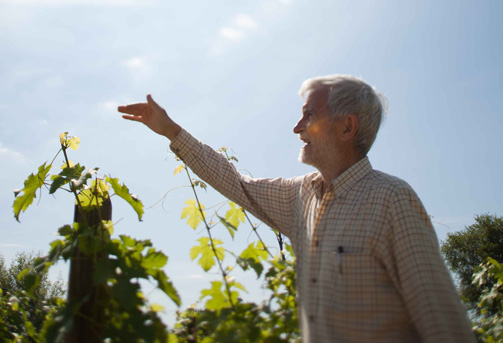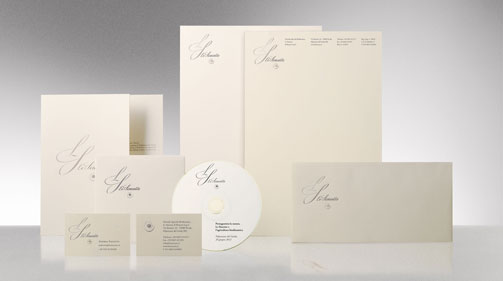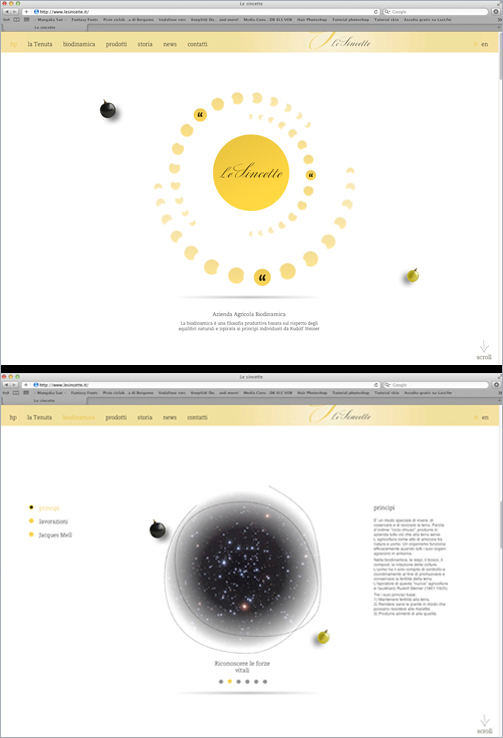Talking about biodynamic wine: Le Sincette
As Jacques Mell (Bio-Dynamie Conseil founder and Demeter France secretary) said: the French word “agriculture” is extraordinarily revealing, being made up of the prefix “agri” (farm) and “culture” (culture/cultivation).

And when talking about culture in the production of wine, one of the most complex subjects to explain is the cultivation of vines using biodynamic methods: knowledge of nature and its cycles, as well as the principles that govern the life of the soil and the vines in relationship to the influence of the stars, a complex culture that allows the wine to fully express the quality of the land.
But what is the proper vocabulary to talk about this level of complexity?
It’s all about combining love and respect for nature and the precision of the steps required to create a biodynamic wine with the need to inform consumers who possesses ever greater awareness and are more and more careful about the choices they make.
The days have gone when the labels on wine bottles evoked a fake agricultural past made up of cottages, little birds and meadows full of flowers. This type of message conflicts with the new production philosophy and with the cultural and ethical values that the biodynamic approach represents.
It seems even more inadequate when addressing consumers who are attracted to these wines because they are searching for something genuine, something in which they can trust.
Let’s take the example of the development of a cellar at Lake Garda in the Valtenesi area: we’re talking about “Cascina la Pertica”, established 30 years ago, which converted to the biodynamic method 12 years ago. The hackneyed link with the imaginary peasant farmer is clear from the brand name itself (literally, ‘Beanpole Farmstead’).
Yet, over time, this baggage of the toiling peasant of long ago has lost its power to be convincing, as is true with foodstuffs in general, because it has been gradually weakened by the false claims of “naturalness” that have flooded the mass market.
To attract today’s consumers, the key word is, therefore, “authenticity”, both in the product and the advertising. For this reason, in defining the new brand, it was decided to change the name, replacing Cascina la Pertica with “Le Sincette”, a new name that is not just simple and memorable, but is also the name of a real place where the company has vineyards.
The new brand is formed of the logo “Le Sincette” and the monogram “LS”, the initials of the name. These elements are represented by appropriately designed calligraphy inspired by the movement of the blades of grass grown between the rows in order to revitalise the soil.

For the packaging of the wines and the website www.lesincette.it, simplicity and clarity are again the keywords in a new vocabulary that seeks to communicate the naturalness of the product and explain how the biodynamic process is carried out.
But the task of conveying this complexity is not only a question of image. A more engaging way of communicating has to be found. Creating social occasions in which the cellar is opened up to the public in order to allow people to share the vision and the knowledge that inspires the work.

Communication becomes a way of going about things in which, as in the biodynamic method itself, nothing is forced but everything contributes to creating an authentic experience which enriches not only our awareness but also our emotions.
Tag Biodynamic, Brand, Global design, Packaging, Web site


